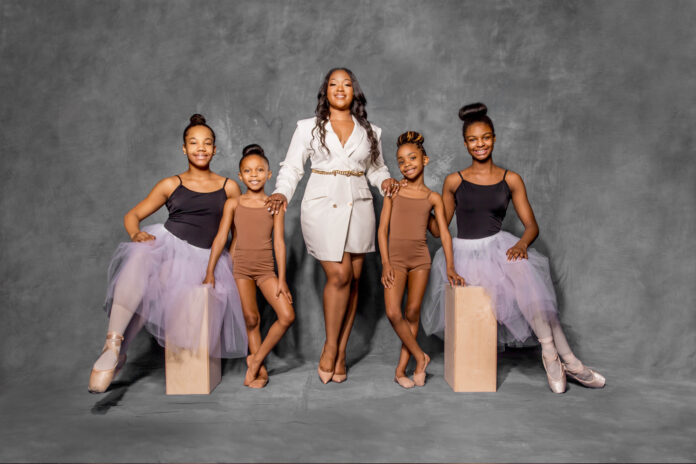( ENSPIRE She Did That ) Over the Last Seven Years, Grace Has Been Using the Art of Dance to Help Her Students
ENSPIRE Contributor: Cailin Tennis
Grace Johnson, Owner of Neema Dance Collective, has started a women-led and operated dance studio. This studio stands apart from the rest because it provides students with dance therapy, professional-level dance techniques, and quality performance skills. To give some background, dance therapy is a type of holistic approach to wellness, relying on mind-body connections to help patients heal and grow. Over the last seven years, Grace has been using the art of dance and dance therapy to become an expert in this area.
This studio is helping students cope with anxiety, regulate emotions, build confidence, and have stability and normalcy after the pandemic. This type of creative outlet and community-building program is exactly the type of organization that ENSPIRE strives to promote. More importantly, this collective is advocating for art education amidst threats from schools to cut funding. Subsequently, Grace has made it her mission to prove how powerful artistic ventures can be. She does this by providing various dance technique classes and putting on significant production performances to help them advance in their dance careers.
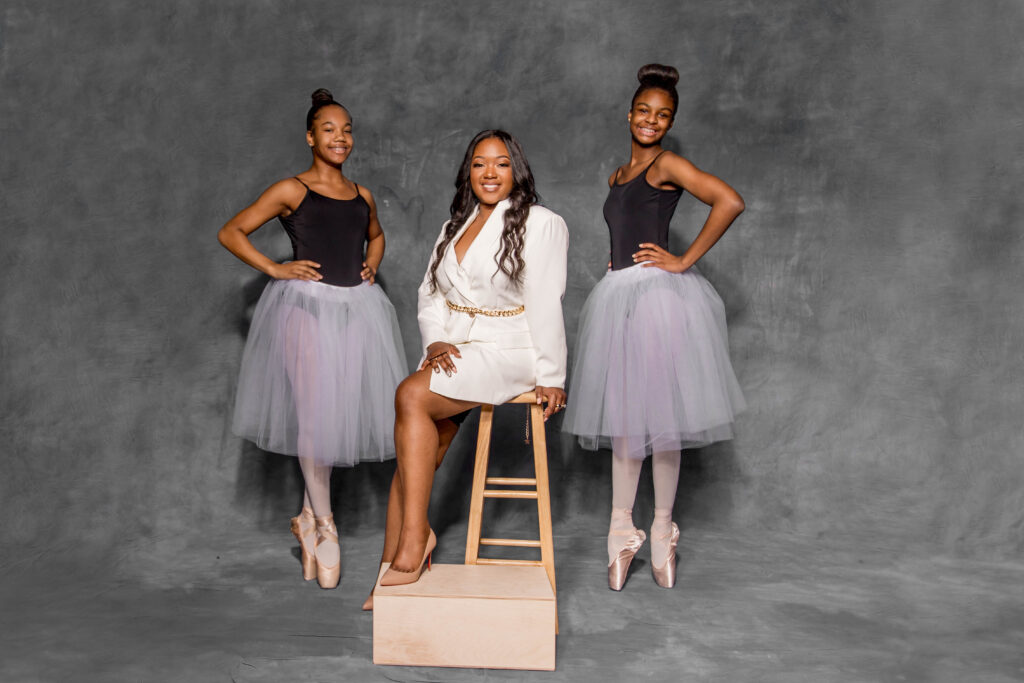
ENSPIRE was delighted to speak with Grace Johnson about the history of the Neema Dance collective, the importance of expression, and the significance of representation in the arts.
What is Neema Dance Collective? What sets NDC apart from other dance studios in the area?
Neema Dance Collective is a community of dance artists, pre-pro dancers, dance educators, faculty, and staff. These individuals train and perform in various styles of dance, including ballet, tap, jazz, modern, Horton technique, acrobatics, contemporary, hip-hop, and lyrical dance styles. We begin training at 18 months, and we also offer adult classes.
Here at Neema, we focus on performance quality and helping students advance in any entertainment career path of their choice. We also emphasized artist development.
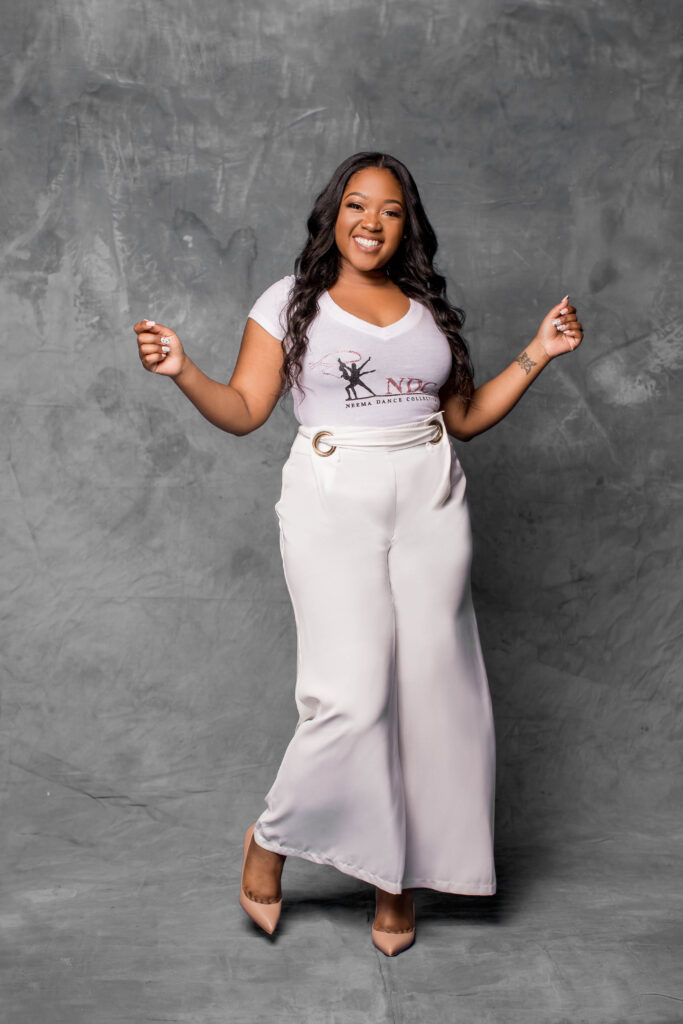
With talk of school districts reducing funding for art education, why is dance still needed in the community, and what are its positive mental health effects on children (especially after the height of the pandemic)?
I’m a product of public schools in DC and Maryland that had strong arts education programs. Dance is absolutely needed because it is both a sport and an art. It’s both an independent and group activity that teaches skills needed in the workforce, even outside of arts-based working environments. Dance is also an emotional release for kids and adults and can be used as movement therapy. For example, the students are still getting adjusted to normalcy post-pandemic and being able to move freely in a school environment. Dance classes help relieve stress and are a group activity that students look forward to.
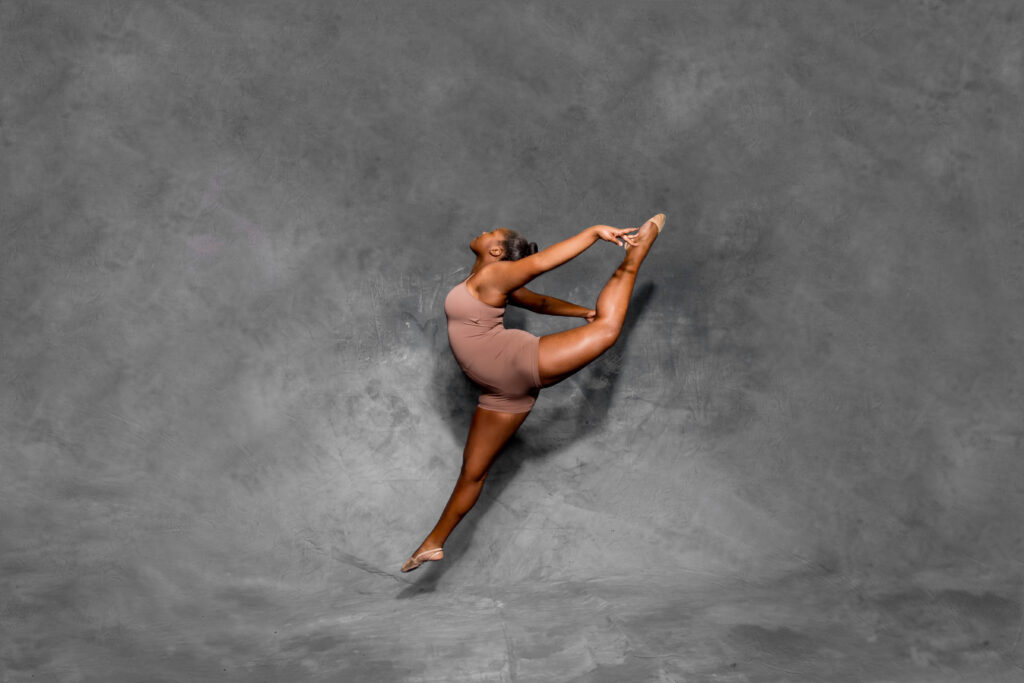
What is dance therapy? Who can benefit from dance therapy, and what positive effects has she seen from her students that use those techniques?
Dance movement therapy is beneficial for individuals with developmental, medical, social, physical, and psychological impairments. It has been used to help people manage, but not be restricted to, these concerns. This includes learning disabilities and neurodevelopmental disorders like Autism and ADHD. Dance has been proven to increase students’ emotional maturity and improve behavior at home and in school, too.
Dance therapy is also used to help people work on issues using a “movement vocabulary.” This vocabulary is centered around physical expression instead of words. To differentiate the two, therapeutic dance is teaching movement or dance steps, while dance therapy is using movement to process emotional or behavioral health.
To add to that, I may incorporate jumping into a dance for clients experiencing depression. This is because research has shown that increased levels of vertical movement in people with depression can improve self-esteem and body image, and develop effective communication skills and relationships. Even more so, it can expand their movement vocabulary, gain insight into patterns of behavior, as well as create new options for coping with problems.
All in all, the pandemic took an emotional toll on all of us. I found that a simple dance break helped to clear our minds and express feelings while we were stuck in the house.
What is the importance of representation (race, ethnicity, gender, and body image) in the dance industry, and the ways Grace is pushing for Diversity and Inclusion?
Black dance is black excellence. First, we’re continuing to break barriers in the industry by having more all-women casts that feature different body types. Second, we focus on attending auditions and competitions where black dancers are appreciated and accepted in leading roles. We’ve come a long way, but we still have a ways to go. The outcome is being able to show children that look like us their potential success as dance educators, performers, and or studio owners.
Black women and men have fought for equal pay and opportunity in leadership roles throughout history. Even today, this fight continues. I was always told that dance wouldn’t make me any money unless I was skinny and white. I’m so glad that I can be a representation of just one of the career paths that any of my dancers could take and be successful. I intentionally hire black men and women of color that have professional careers so that the students can learn from people who look like them and serve as aspirational examples.
To add to that, my staff and I come from different backgrounds, and we all have different body types. As a result, we expose our children to spaces filled with success stories so that they know that they can achieve greatness too.
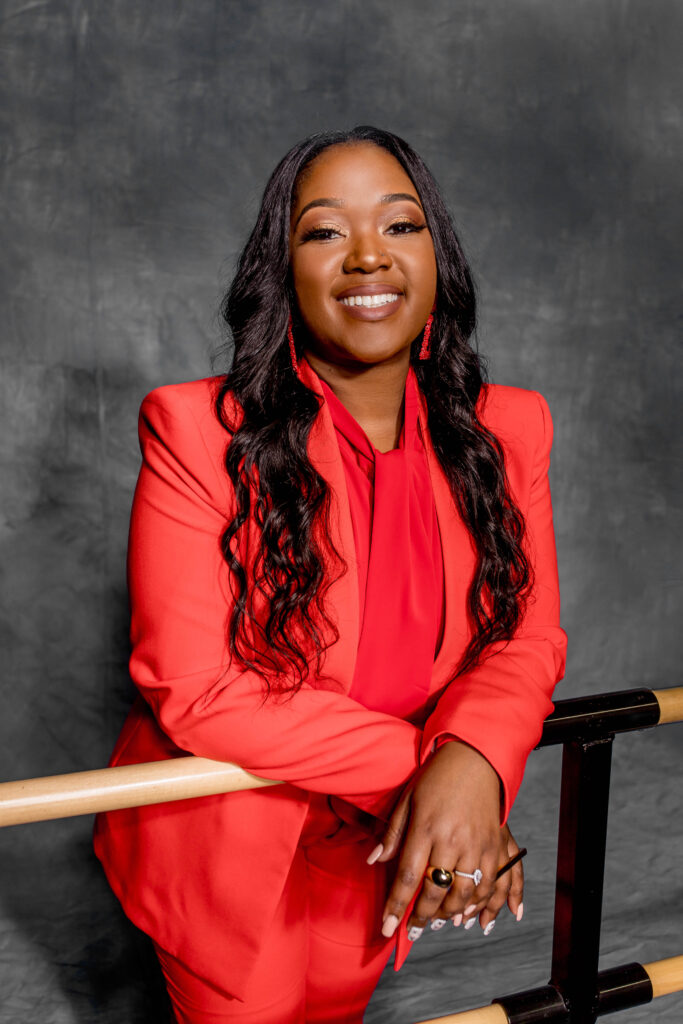
Why is women empowerment a focal point for the company, and what is the importance of having a woman-operated business?
Women empowerment is a focal point for the company because we believe that supporting each other and providing a safe place for our children is of the utmost importance. We don’t just teach them to dance; we uplift, encourage, and love our dance babies. Our woman-operated business was made for children with working-class moms, bonus moms, and stay-at-home moms in mind. When women are involved, we know that our business is operating with excellence and pure love.
The Neema Collective is an accomplished establishment, as well as a fantastic resource for diverse students. Here, they can explore their potential and identities in a safe and creative space. Grace has been able to send students to some of the top dance programs in the US, ranging from the Duke Ellington School for the Arts, Baltimore School for the Arts, The Alvin Ailey School summer intensive, Debbie Allen Dance Academy summer intensive, The Washington Ballet, and Maryland Youth Ballet to name a few.
Don’t miss the Neema Collective’s inaugural performance, “Soul.” This will take place at Cramton Auditorium at Howard University on Sunday, June 11th, 1 PM and 5 PM. Soul’s choreographic work will pay homage to Soul music presented by students and faculty. With a cast of over 250, Soul is sure to capture audience members of all ages with exciting, interactive performances and tributes that are a clear representation of African American culture.
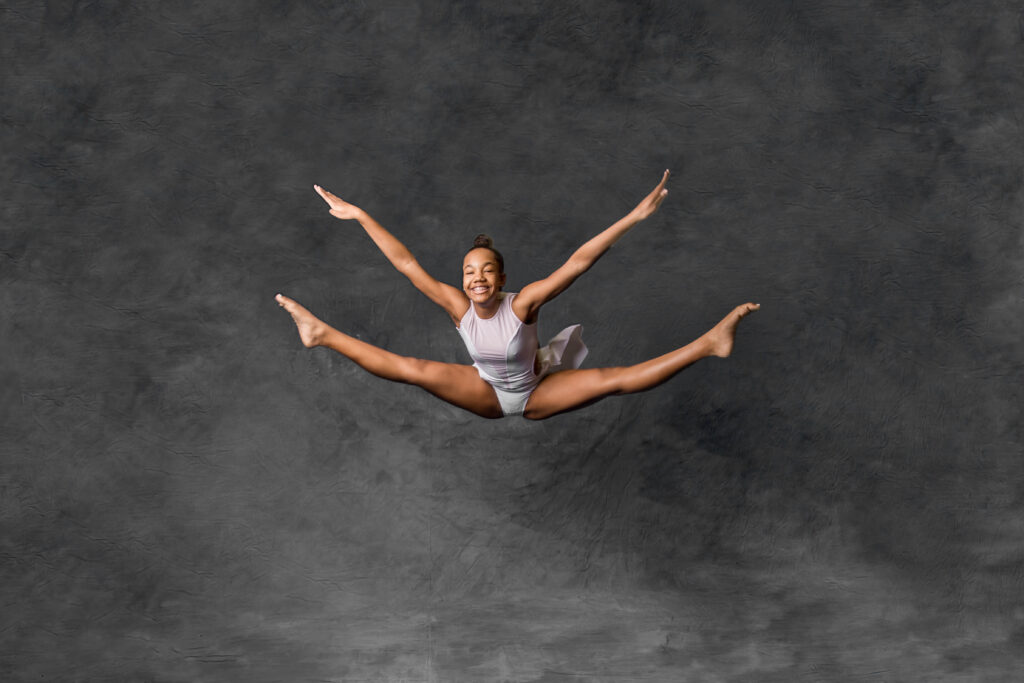
Related Articles: Dance Parade’s 17th Annual Parade And Festival this May 2023, International Museum of Dance Provides Original Experiences

